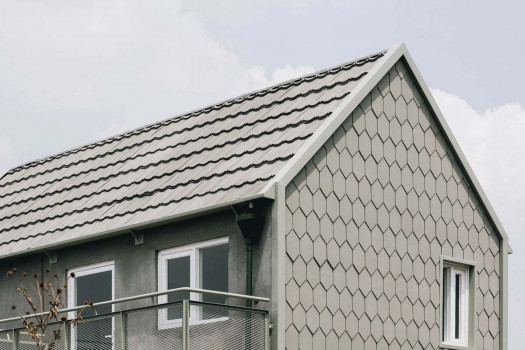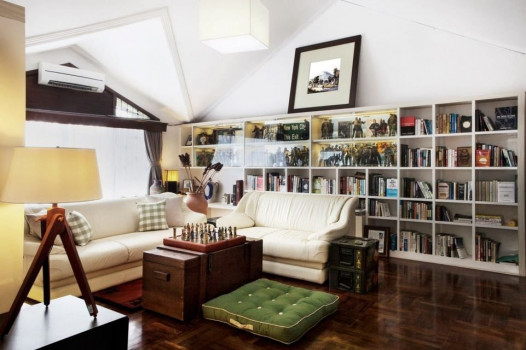Five Common Paint Problems and How to Avoid Them




©Shutterstock
Painting your home is one of the easiest ways to change the room appearance. However, you may encounter some common problems while painting such as applying the paint too thinly which may end up cracking. Understanding the basics of applying wall paint is important to create the desired aesthetics. Here are several tips to avoid those paint problems.
Overly-thin Paint
Wall paint that is too thin is often caused by using the wrong applicator, either a brush or a roll. A high-quality brush with stronger bristles will create a better finish. For a large wall, use a wide roller to make the painting process easier. Try to apply the brush or the roller in one direction for a tidier result.
Thin paint can also be caused by poor mixing. Follow the instructions for the optimum water and paint ratio as this will depend on the type of paint. Pay attention also to the paint spreading rate. All of this information is usually printed on the container.
Splatter on the Floor

©Shutterstock
This is the most common problem during painting, especially when the application process requires detailed work like painting murals. This can be avoided by laying out a covering on the floor. Also make sure that the paint emulsion is not too watery to prevent it flowing onto the floor while being applied on the wall.
Blistering/Bubbling

©Shutterstock
Blisters on wall paint usually form because the coating doesn’t stick perfectly to the wall surface. This results from painting over a dirty or damp surface. If left unattended, the bubbles can pop and cause the paint to flake, which will reduce the aesthetics. Cleaning the wall surface before application is recommended. If blisters have formed, you should scrape and remove them. If necessary, apply a paint remover for maximum cleaning.
Cracking Paint

©Shutterstock
There are several causes of cracking: first, poor wall surface such as a cracked concrete that needs to be re-plastered; second, the use of low-quality paint cracks when it dries. Paint that has been kept for too long can also cause cracks when applied to a wall surface. Therefore, it is best to check the wall paint quality properly before application.
Uneven Paint Colour

©Shutterstock
There are times when homeowners have to paint only a part of the wall to cover a stain. To get an even re-painting result, clean the stained area with a soft sponge or if necessary, use paint remover. Then choose the paint with the same number/code as the one applied previously on the wall. Uneven wall paint colour can also be caused by the wall surface that gets moist and mouldy over time. Therefore, it is advisable to solve that problem first, for instance, by using waterproofing. For a better result, you can also consider using sealer.




 Indonesia
Indonesia
 New Zealand
New Zealand
 Philippines
Philippines
 Hongkong
Hongkong
 Singapore
Singapore
 Malaysia
Malaysia







